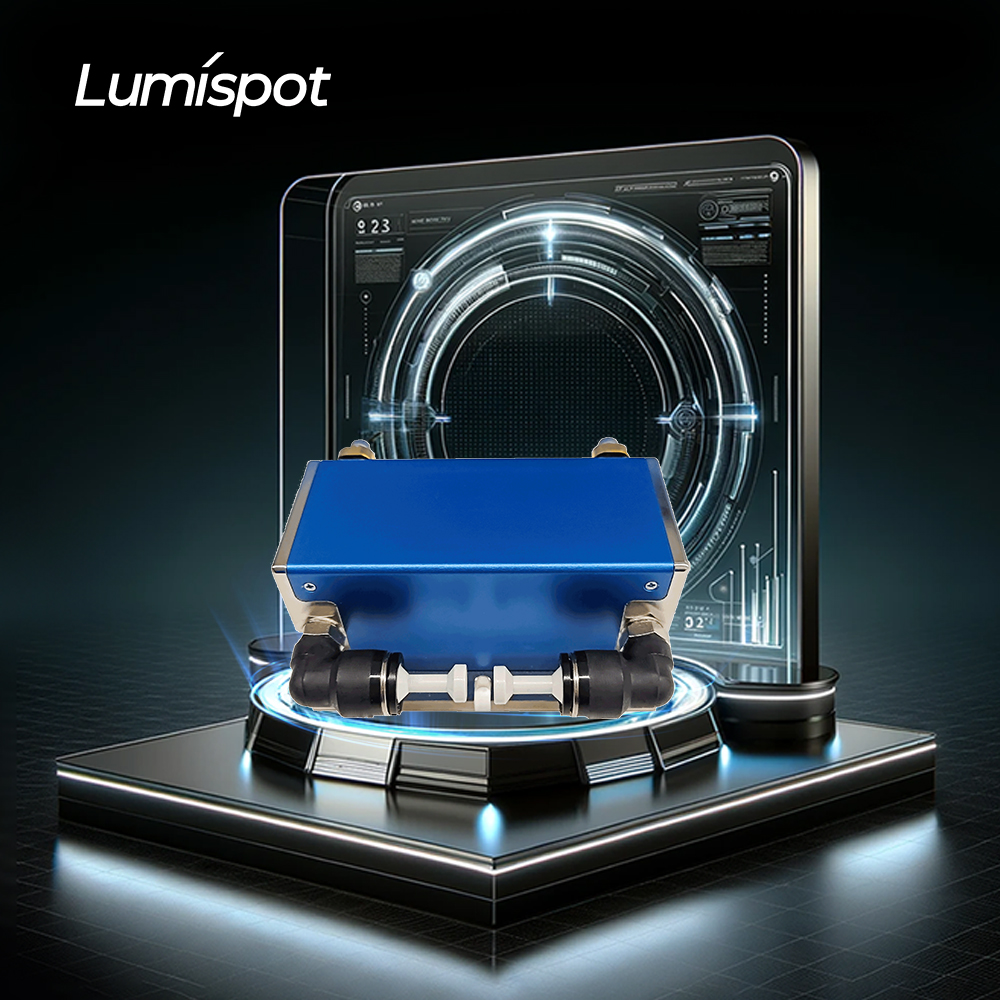With the rapid advancement of laser technology, the Side-Pumped Laser Gain Module has emerged as a key component in high-power laser systems, driving innovation across industrial manufacturing, medical equipment, and scientific research. This article delves into its technical principles, key advantages, and application scenarios to highlight its value and potential.
I. What is a Side-Pumped Laser Gain Module?
A Side-Pumped Laser Gain Module is a device that efficiently converts semiconductor laser energy into high-power laser output through a side-pumping configuration. Its core components include a gain medium (such as Nd:YAG or Nd:YVO₄crystals), a semiconductor pump source, a thermal management structure, and an optical resonator cavity. Unlike traditional end-pumped or direct electrically pumped technologies, side-pumping excites the gain medium more uniformly from multiple directions, significantly enhancing laser output power and stability.
II. Technical Advantages: Why Choose a Side-Pumped Gain Module?
1. High Power Output and Excellent Beam Quality
The side-pumping structure injects energy evenly from multiple semiconductor laser arrays into the crystal, mitigating the thermal lensing effect seen in end-pumping. This allows for kilowatt-level power output while maintaining superior beam quality (M² factor < 20), making it ideal for precision cutting and welding applications.
2. Exceptional Thermal Management
The module integrates an efficient microchannel cooling system, rapidly dissipating heat from the gain medium. This ensures stable operation under continuous high-load conditions, extending the laser’s lifetime to tens of thousands of hours.
3. Scalable and Flexible Design
The module supports multi-module stacking or parallel configurations, easily achieving power upgrades from hundreds of watts to tens of kilowatts. It is also compatible with Continuous Wave (CW), Quasi-Continuous Wave (QCW), and Pulsed modes, adapting to diverse application needs.
4. Cost-Effectiveness
Compared to fiber lasers or disk lasers, side-pumped gain modules offer lower manufacturing costs and simplified maintenance, making them the preferred high-performance and cost-effective solution for industrial laser applications.
III. Key Application Scenarios
1. Industrial Manufacturing
- Metal Processing: Used in automotive and aerospace industries for thick plate cutting and deep penetration welding.
- New Energy Sector: Ideal for lithium battery tab welding and photovoltaic silicon wafer scribing.
- Additive Manufacturing: Applied in high-power laser cladding and 3D printing.
2. Medical and Aesthetic Equipment
- Laser Surgery: Used in urology (lithotripsy) and ophthalmology.
- Aesthetic Treatments: Employed in pigment removal and scar repair using pulsed lasers.
3. Scientific Research and Defense
- Nonlinear Optics Research: Functions as a pump source for Optical Parametric Oscillators (OPOs).
- Laser Radar (LiDAR): Provides a high-energy pulsed light source for atmospheric detection and remote sensing imaging.
IV. Future Technology Trends
1. Intelligent Integration: Combining AI algorithms for real-time monitoring of pump temperature and output power, enabling adaptive tuning.
2. Expansion into Ultrafast Lasers: Developing picosecond/femtosecond pulsed laser modules via mode-locking technology to meet precision micromachining demands.
3. Green and Energy-Efficient Design: Optimizing electro-optical conversion efficiency (currently exceeding 40%) to reduce energy consumption and carbon footprint.
V. Conclusion
With its high reliability, scalable architecture, and cost advantages, the Side-Pumped Laser Gain Module is reshaping the landscape of high-power laser applications. Whether driving Industry 4.0′s intelligent manufacturing or advancing cutting-edge scientific research, this technology is proving to be indispensable in pushing the boundaries of laser technology.
Post time: Apr-02-2025

